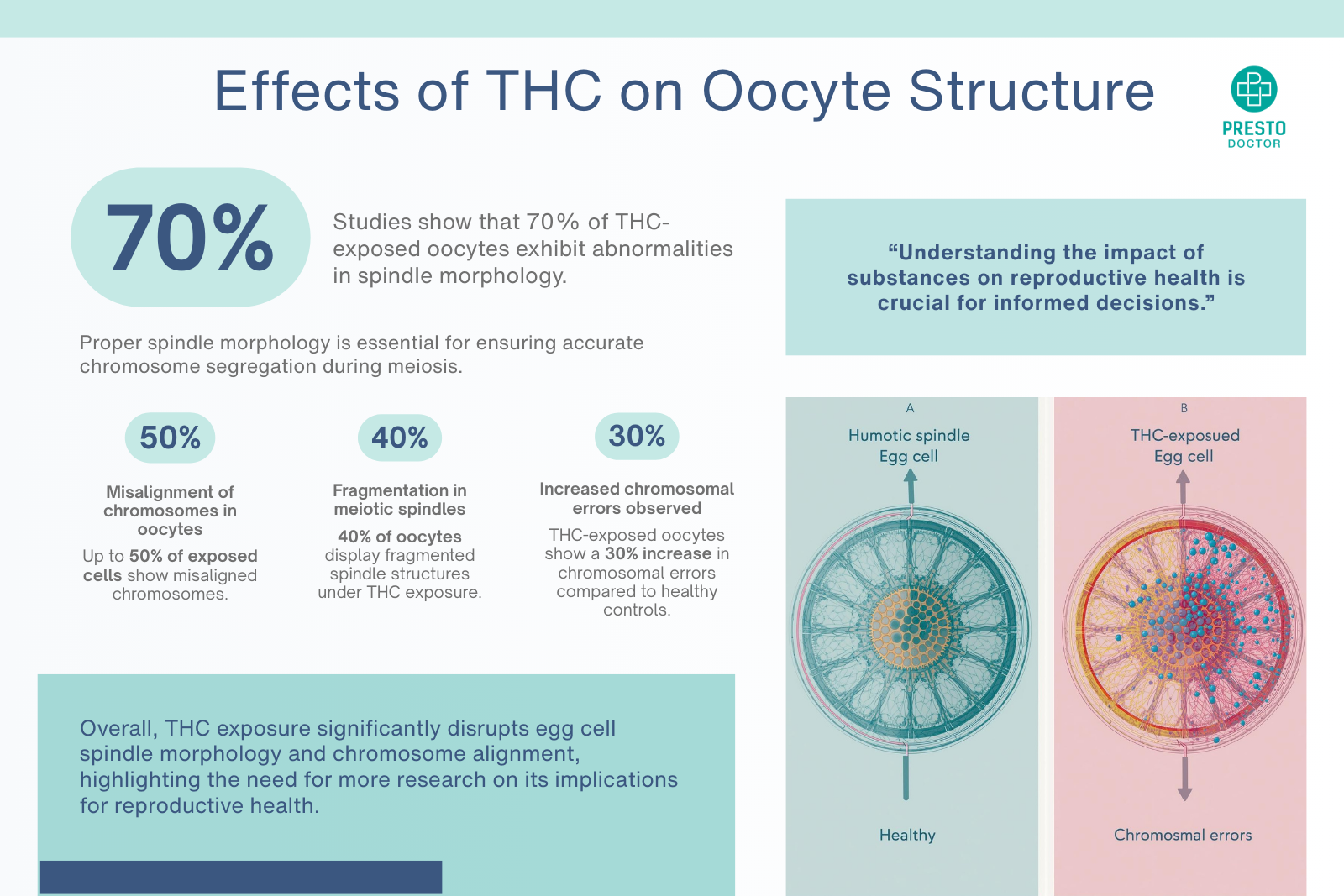
Trichomes are small, hair-like outgrowths that can be found on the surface of many plants. These tiny structures are often overlooked, but they play a crucial role in the survival and success of the plant. Trichomes can vary in size, shape, and density, and they are located on leaves, stems, and even flowers. These microscopic structures typically range from 10 to 500 micrometers in length. They have density varying from 100 to over 1000 trichomes per square centimeter of leaf surface.
Their composition is of specialized cells that are capable of producing and secreting various substances. These structures have been the subject of much scientific research. Interestingly enough, their functions and importance in plant biology continue to be a topic of discovery. While fascinating in their diversity and complexity, they also serve a range of functions that are essential for plant health. Recent studies have shown that these specialized outgrowths can reduce herbivory damage by up to 40% and block harmful UV radiation by up to 50%. This makes them crucial for plant survival.
From protection against herbivores and pathogens to influencing the aroma and flavor of fruits and flowers, trichomes are truly remarkable structures that have a significant impact on the plant’s biology and ecology. In this article, we will explore the structure and function of trichomes in plants. In addition, their role in plant protection, aroma and flavor production, medicinal properties, and environmental adaptation.
Key Takeaways
- Trichomes are small hair-like structures on the surface of plants that serve various functions.
- These protective outgrowths shield plants from herbivores, UV radiation, and extreme weather conditions
- Different types of epidermal extensions exist, each with unique characteristics and functions
- These specialized structures play a crucial role in the aroma, flavor, and medicinal properties of plants
- Plant bristles help plants adapt to their environment and survive in challenging conditions
The Structure and Function of Trichomes in Plants
These epidermal outgrowths are composed of specialized cells capable of producing and secreting various substances. Plant hairs can vary in size, shape, and density. They can be found on different parts of the plant, including leaves, stems, and flowers. The cells that make up these surface structures are often elongated and can be either glandular or non-glandular.
Glandular trichomes have a head or bulb-like structure at the tip. This structure is responsible for producing and secreting various substances such as oils, resins, and other secondary metabolites. Non-glandular trichomes do not produce or secrete substances. Instead, they serve a protective function by physically deterring herbivores and reducing water loss. The functions of trichomes in plants are diverse and multifaceted.
One of the primary functions of trichomes is to protect the plant from herbivores and pathogens. Glandular structures can produce toxic or repellent substances that deter herbivores from feeding on the plant. Non-glandular structures can physically impede herbivore movement and feeding. In addition to protection, they also play a role in regulating temperature and reducing water loss. This happens because they create a microclimate around the plant surface.
Furthermore, they can also influence the aroma and flavor of fruits and flowers. This happens when they producing volatile compounds that attract pollinators or repel herbivores. Overall, the structure and function of trichomes in plants are incredibly diverse. They are also essential for the survival and success of the plant.
Types of Trichomes and Their Unique Characteristics
There are several different types of trichomes found in plants, each with its own unique characteristics and functions. The most common types include glandular outgrowths, non-glandular extensions, and cystoliths. Glandular projections are characterized by a head or bulb-like structure at the tip. They are responsible for producing and secreting various substances such as oils, resins, and other secondary metabolites.
These substances can serve a variety of functions, including protection against herbivores and pathogens. Additionally, they influence the aroma and flavor of fruits and flowers. Non-glandular trichomes, on the other hand, do not produce or secrete substances but instead serve a protective function by physically deterring herbivores and reducing water loss. They can vary in shape and size, with some being long and slender while others are short and stubby.
Cystoliths are another type of trichome that contains calcium carbonate crystals embedded within the cell wall. These crystals can provide additional protection against herbivores by making the plant surface more abrasive and difficult to feed on. Overall, the different types found in plants each have their own unique characteristics and functions that contribute to the overall health and success of the plant.
Beyond the basic classification of glandular and non-glandular trichomes, plants exhibit several specialized forms:
- Simple unicellular trichomes: Single-cell structures common in Arabidopsis
- Stellate trichomes: Star-shaped structures providing enhanced UV protection**
- Branched trichomes: Multi-branched structures found in cotton
- Peltate glands: Shield-shaped secretory structures in mint family plants
- Capitate-stalked: Long-stalked secretory structures in cannabis
The Role of Trichomes in Plant Protection and Defense
| Trichomes | Function |
|---|---|
| Protective | Act as a defense mechanism against herbivores and pests |
| Temperature regulation | Help to regulate the temperature of the plant by reflecting sunlight |
| UV protection | Protect the plant from harmful UV rays |
| Secretion | Produce and store essential oils and resins |
One of the most important functions of trichomes in plants is their role in protection and defense against herbivores and pathogens. Glandular trichomes can produce toxic or repellent substances that deter herbivores from feeding on the plant. These substances can include oils, resins, alkaloids, and other secondary metabolites that are toxic or unpalatable to herbivores.
In addition to producing toxic substances, glandular structures can also secrete sticky substances that trap herbivores or interfere with their feeding behavior. Non-glandular trichomes also play a crucial role in plant protection by physically impeding herbivore movement and feeding. They can create a physical barrier that makes it difficult for herbivores to access the plant surface or feed on plant tissues.
In addition to deterring herbivores, they can also provide protection against pathogens by reducing the spread of diseases. The presence of trichomes on the plant surface can make things difficult for pathogens to spread throughout the plant. Overall, trichomes play a vital role in protecting plants from herbivores and pathogens, contributing to their overall health and survival.
Molecular Mechanisms and Genetic Control
The development of trichomes is under regulation by a complex network of genes and transcription factors. Key genes like GLABRA1 (GL1) and TRANSPARENT TESTA GLABRA1 (TTG1) control trichome initiation. MYB transcription factors influence their distribution and density. Environmental stressors can trigger epigenetic changes that alter trichome development, demonstrating plants’ remarkable adaptive capabilities.
Trichomes and Their Influence on Plant Aroma and Flavor
In addition to their role in protection and defense, trichomes also play a significant role in influencing the aroma and flavor of fruits and flowers. Glandular trichomes can produce volatile compounds that contribute to the characteristic aroma and flavor of many plants. These compounds can attract pollinators or repel herbivores, depending on their specific chemical composition.
For example, many fruits such as strawberries, raspberries, and tomatoes owe their distinctive aroma to the volatile compounds produced by glandular trichomes. The influence of trichomes on plant aroma and flavor extends beyond just attracting pollinators or repelling herbivores. The compounds produced by trichomes can also have important implications for human consumption.
For example, the terpenes produced by glandular trichomes are responsible for the characteristic flavors and aromas of many herbs such as basil, mint, and rosemary. These compounds are not only important for culinary purposes but also have potential medicinal properties. Overall, trichomes play a crucial role in influencing the aroma and flavor of plants, contributing to their ecological interactions with pollinators and herbivores as well as their significance for human consumption.
The Importance of Trichomes in Medicinal and Therapeutic Plants
Trichomes play a crucial role in the production of secondary metabolites that have important medicinal properties. Glandular trichomes can produce a wide range of bioactive compounds such as alkaloids, terpenes, flavonoids, and cannabinoids that have notable therapeutic effects in humans. For example, many medicinal herbs such as cannabis, valerian, and St John’s wort owe their medicinal properties to the bioactive compounds produced by glandular trichomes.
The production of bioactive compounds by trichomes has important implications for human health and well-being. These compounds have been used for centuries in traditional medicine for their analgesic, anti-inflammatory, sedative, and antimicrobial properties. In recent years, there has been growing interest in harnessing the therapeutic potential of these compounds for the development of new pharmaceuticals.
For example, cannabinoids produced by glandular trichomes in cannabis have been shown to have potential therapeutic effects for a wide range of conditions including chronic pain, epilepsy, anxiety, and nausea. Overall, trichomes play a crucial role in the production of bioactive compounds with important medicinal properties, contributing to their significance for human health and well-being.
How Trichomes Contribute to Environmental Adaptation and Survival in Plants
Trichomes play an important role in environmental adaptation and survival in plants by helping them cope with various abiotic stresses such as drought, high temperatures, UV radiation, and herbivory. Non-glandular trichomes can reduce water loss by creating a microclimate around the plant surface that helps regulate temperature and humidity levels. This can be particularly important for plants growing in arid environments where water availability is limited.
In addition to reducing water loss, trichomes can also provide protection against high temperatures and UV radiation by reflecting or absorbing excess light energy. This can help prevent damage to plant tissues caused by excessive heat or radiation exposure. Furthermore, trichomes can also provide protection against herbivory by physically impeding herbivore movement and feeding.
This can be particularly important for plants growing in environments with high herbivore pressure. Overall, trichomes play a crucial role in helping plants cope with various abiotic stresses by reducing water loss, regulating temperature and humidity levels, providing protection against UV radiation, and deterring herbivores. This contributes to their overall ability to adapt to different environmental conditions and survive in challenging habitats.
Cannabis plants produce cannabinoids in their glandular trichomes, compounds which contribute both to the plant’s defense and its well-known medicinal properties. In lavender, trichomes secrete essential oils that emit a calming aroma while acting as a natural herbivore repellent. Thus, benefiting the plant’s survival and attracting pollinators. Sage plants, meanwhile, have trichomes rich in antimicrobial oils. These not only deter pests but also make the plant valuable for culinary and medicinal uses.
Conclusion
Understanding trichomes’ functions offers valuable insights for agricultural and horticultural advancements, particularly in developing pest-resistant and flavorful crops. For example, certain plants produce sticky or toxic trichome excretions that deter pests. This reduces the need for chemical pesticides and promoting sustainable farming. By focusing on enhancing these trichome characteristics, plant breeders can develop resilient crops that thrive with fewer inputs. In turn, this can save costs while also supporting environmental sustainability. In horticulture, trichomes are crucial for aroma and flavor, as seen in herbs like mint and rosemary. By selecting for these traits, horticulturists can grow more appealing, flavorful varieties. Emphasizing these agricultural benefits shows how trichomes contribute to improving crop quality and supporting eco-friendly practices, aligning with the growing interest in sustainable and high-quality produce.
Uses In Plant-Based Products
Beyond agriculture, trichome-derived compounds are fundamental to several industries, notably cosmetics, essential oils, and natural medicine. In the cosmetic industry, trichomes from plants like chamomile and calendula produce soothing, antioxidant-rich compounds popular in skincare for their natural anti-inflammatory properties. Essential oil production heavily depends on plants with trichome-rich leaves and flowers, like eucalyptus, lavender, and peppermint, which yield oils used for relaxation, aromatherapy, and therapeutic applications. Additionally, trichome-derived cannabinoids from cannabis are increasingly used in pharmaceutical treatments, aiding in managing chronic pain, anxiety, and more. Highlighting these industrial uses underscores the importance of trichomes in creating plant-based products that cater to health and wellness, demonstrating their broad economic and ecological significance.
Modern Applications and Future Prospects
The study of these plant appendages has led to significant advances in sustainable agriculture and biotechnology. Plant breeders now select for enhanced trichome characteristics to develop naturally pest-resistant crops, reducing the need for chemical pesticides. In pharmaceutical development, researchers are using advanced extraction techniques to isolate compounds produced by these specialized structures, with over 100 bioactive molecules identified to date.
Plant Hairs Are Important
In conclusion, trichomes are fascinating structures that play a crucial role in the survival and success of plants. Their diverse functions include protection against herbivores and pathogens, influencing the aroma and flavor of fruits and flowers, producing bioactive compounds with medicinal properties, and helping plants cope with various abiotic stresses. The study of these structures continues to be an exciting area of research with important implications for agriculture, medicine, ecology, and environmental science.
As our understanding of these hair-like structures continues to grow, we will undoubtedly uncover even more fascinating aspects of these tiny structures that have such a significant impact on the biology and ecology of plants.
FAQs
What are trichomes?
Trichomes are small hair-like outgrowths that can be found on the surface of plants, including cannabis, and are made up of specialized cells.
What do trichomes do?
Trichomes serve a variety of functions, including protecting the plant from predators, reducing water loss, and aiding in the plant’s ability to adapt to its environment.
How do trichomes benefit cannabis plants?
In cannabis plants, trichomes are responsible for producing and storing cannabinoids and terpenes, which are the compounds that give the plant its medicinal and psychoactive properties.
What are the different types of trichomes?
There are three main types of trichomes notable on cannabis plants: bulbous trichomes, capitate-sessile trichomes, and capitate-stalked trichomes, each with their own unique structure and function.
Can trichomes be harvested for medicinal or recreational use?
Yes, trichomes can be harvested from cannabis plants to extract cannabinoids and terpenes for medicinal or recreational use, such as in the production of cannabis concentrates like hash or oils.






